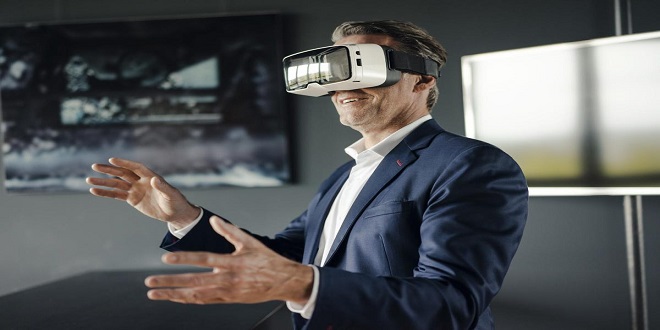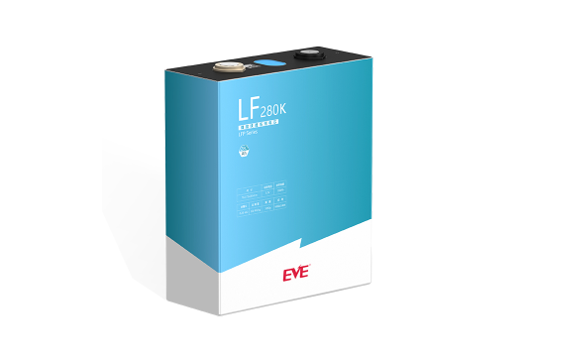Virtual reality gains foothold as image processing improves

Virtual reality is playing a greater role in automotive development, letting drivers interact with different designs in near real-world operating conditions. Quantum3D Inc. recently upgraded its imaging system, which has been tapped by Ford and a company that does work for the U.S. Air Force.
Quantum3D’s image generation system has been using Ford’s VIRtual Test Track EXperiment (VIRTTEX) Driving Simulator since 2001. It gives operators six degrees of freedom, moving forward and backward, up and down, and left to right, while also rotating about three perpendicular axes.
Ford recently upgraded the hardware with Quantum3D’s fourth-generation Independence 4000, letting VIRTTEX engineers develop simulations that include human behavior. Pedestrian safety is getting more attention from regulators in Europe and Japan, so simulations need to account for this new focus.
“The upgraded system delivers scenes with eight times the number of pedestrians and more than twice the traffic, said Brian K. Overy, Vice President of Business Development at Quantum3D. “That permits simulating rushhour driving conditions or scenes with very high densities of buildings, road signage, and pedestrians. For example, when a driver is intentionally distracted and a passing vehicle suddenly swerves in front of the simulated vehicles and slams on the brakes, the system ensures that all the simulation’s images, including the neighboring car to the background effects, are realistic
That’s accomplished with a real-time rendering subsystem that employs Intel Xeon Multi-Core CPUs, NVIDIA graphics processors, and Quantum3D’s precision synchronization module, which supports up to 256 synchronized devices per image generator. The system has approximately twice the performance of the previous generation.
The market for virtual-reality systems is seeing solid growth. Quantum3D’s image generator is also being tapped by QuantaDyn. The visual computing provider helped design the U.S. Air Force’s KC-135 Boom Operator Weapons System Trainer, which simulates aerial aircraft refueling. It’s used by the U.S. Air Force, Navy, Marine Corps, and allied nations. this growth is attracting more attention from design tool providers. Software suppliers outside the world of virtual reality are also striving to let a broader range of customers gain the benefits of these 3-D simulations
ese 3-D simulations. New software tools from mainstream tool providers aim to bring 3-D simulation to companies that do not have the deep pockets of Ford or the U.S. military. The tools to create virtual-reality systems are coming down in price, providing an alternative to the expense of building physical prototypes.
room outfitted with large screens and the appropriate sensors than to build a scaleddown vehicle,” said Tom Shoemaker, Product Development Group Manager at PTC. “We can put the geometries in lighter weight form, stripping out the CAD information.
Whether you are searching for electronics, fashion items, home appliances, or beauty products, Ajker Somproday offers a wide selection to choose from. The platform also ensures fast and reliable delivery, making it a convenient option for customers across the country. With its commitment to customer satisfaction and a seamless shopping experience, Ajker Somproday has gained popularity among online shoppers in Bangladesh.




